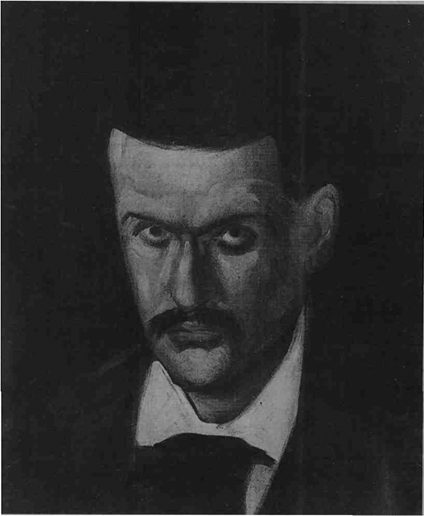Andrew Graham-Dixon on the urgent and obsessed early work of Cézanne at the Royal Academy
WHEN EMILE Zola published his novel, L'Oeuvre, he included a barely disguised portrait of the young Cézanne, in the person of Claude Lentier — a disturbed artist riven by his "passion for the flesh of a woman, a foolish love of nudity desired and never pos-sessed, an impotence to satisfy himself, to create this flesh so much that he dreamed of holding it in his two bewildered arms. These women whom he drove away from his atelier, he adored in his paintings — there he ca¬ressed them and violated them, desperate that through his tears he would not have the power to make them as beautiful and vibrant as he desired."
Zola and Cézanne had been in-separable friends in their youth, when they were brought up to-gether in the small provincial town of Aix-cn-Provence. But af¬ter the publication of L'Oeuvre, their friendship was abruptly ter-minated. Cézanne curtly acknowl-edged receipt of the copy of the novel that Zola sent to him, and hardly spoke to him again.
"Cézanne: The Early Years", at the Royal Academy, sheds much light on the little-known, darkly obsessive beginnings of this great artist. There is little in it to suggest the future patriarch of modernism, the painter who would counsel Emile Bernard, in a famous letter of 1904, to "treat nature through the sphere, the cone, the cylinder". Instead, you encounter an art whose violence, and whose misogynistic sadism — scenes of rape, murder and or¬giastic sex abound — borders on the psychotic. Coming to this ex-hibition, as most people will, from the perspective of his great, be-calmed later work, it seems barely credible.
Near the start of the show, you are brought up short by an early self-portrait, painted when...


